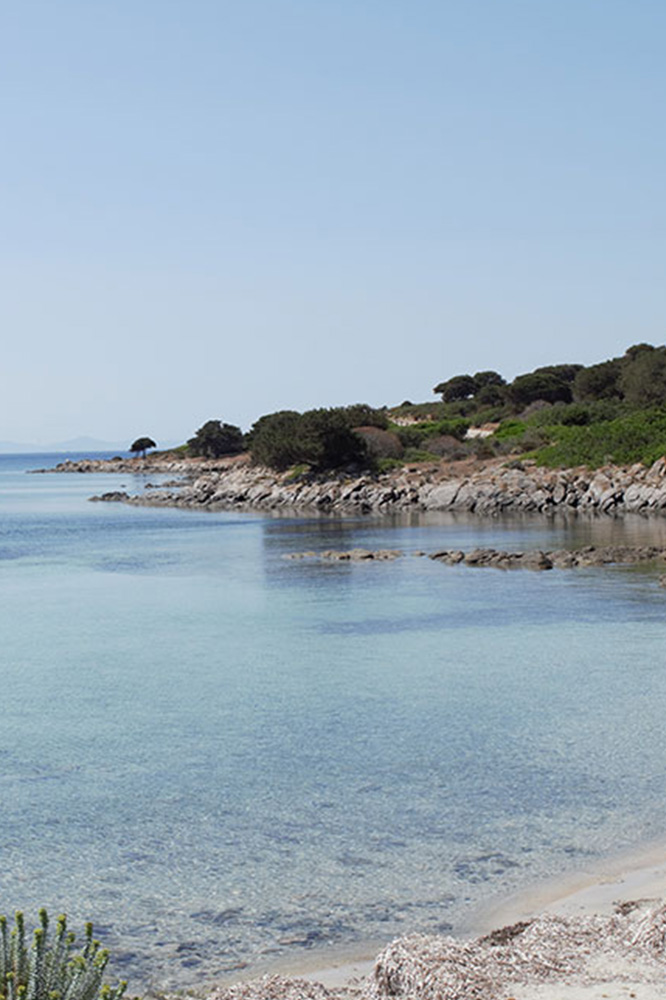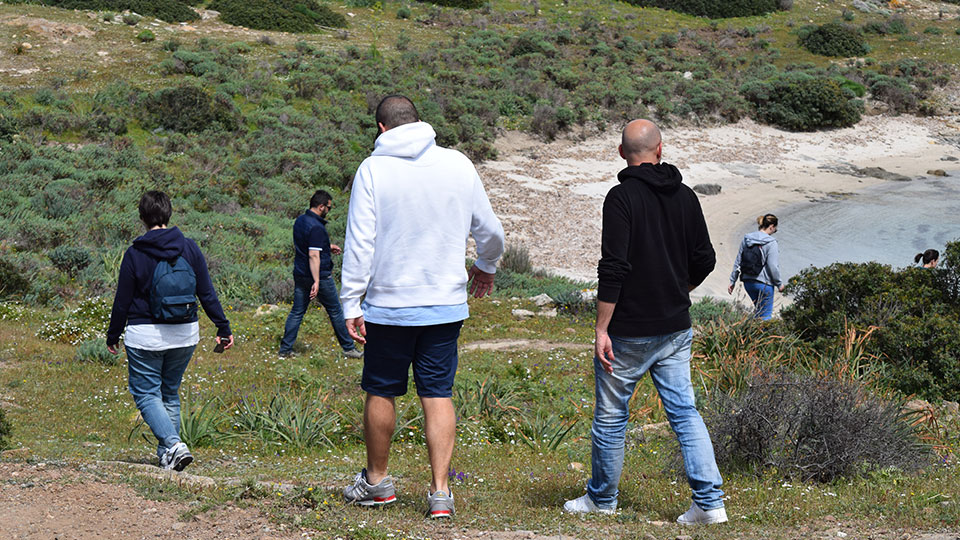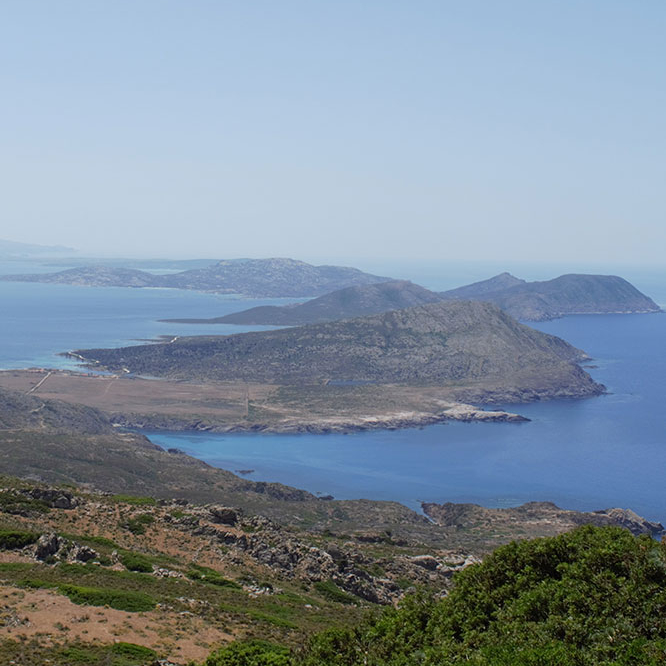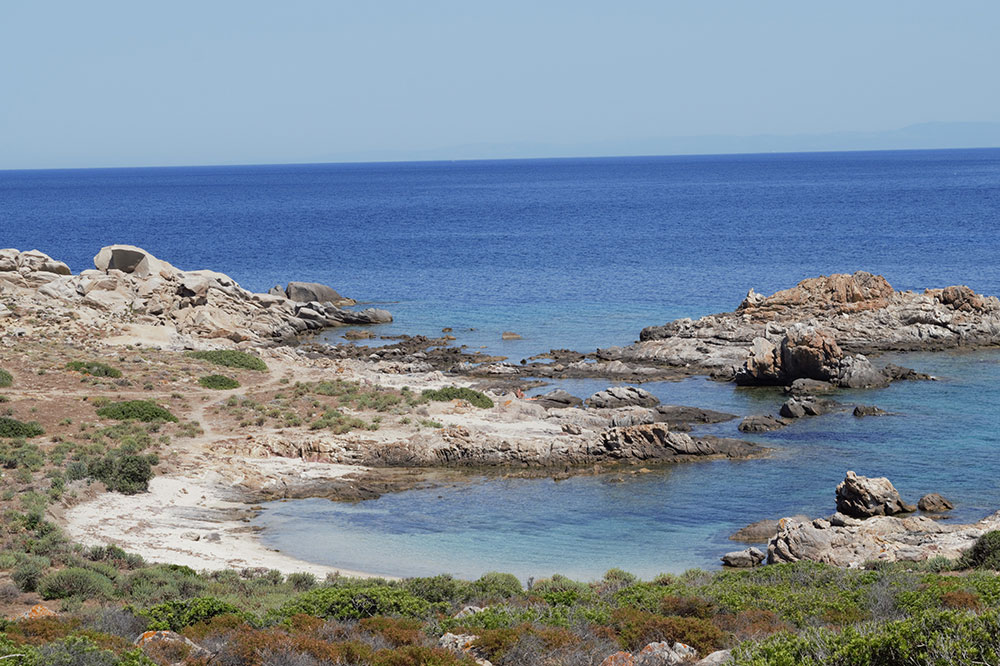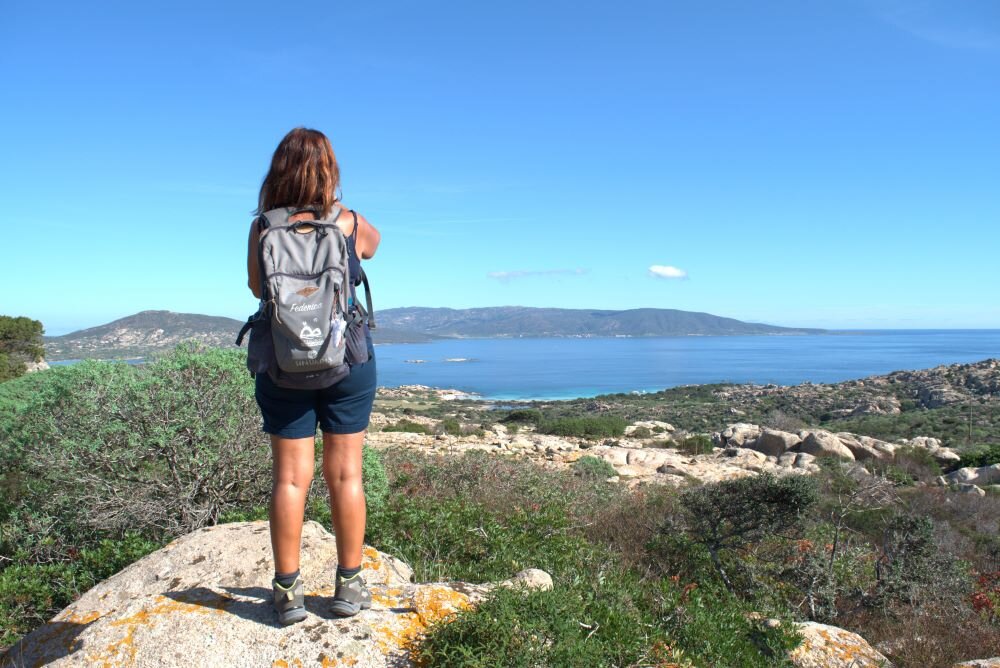Even in high season
Even in peak season, in the hottest periods, such as July, August and September, the turnout in the Asinara National Park exceeds by far the number of places usually available.
For this reason we always recommend booking in advance. Make your dream come true.
We look forward to seeing you at Asinara.
Asinara National Park
 Marine Protected Area “Asinara Island” (Isola dell’Asinara)
Marine Protected Area “Asinara Island” (Isola dell’Asinara)
Quality Mark
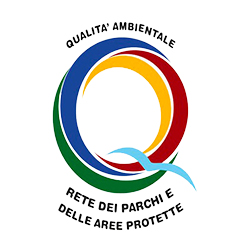
SINUARIA has obtained the environmental quality mark of the Asinara National Park for the enhancement of products and services.
European Charter for Sustainable Tourism

CETS Certification
European Charter for Sustainable Tourism
© 2025 – Website created by Why Company

